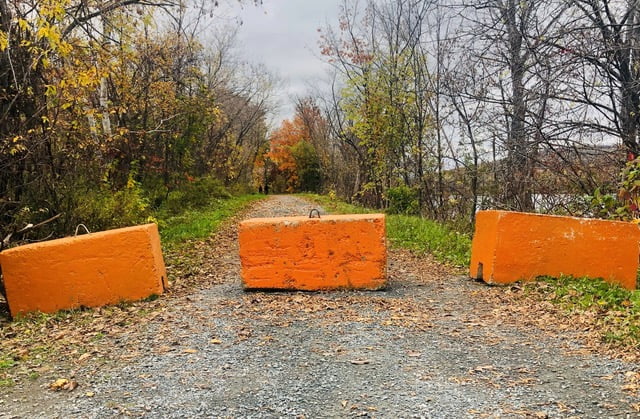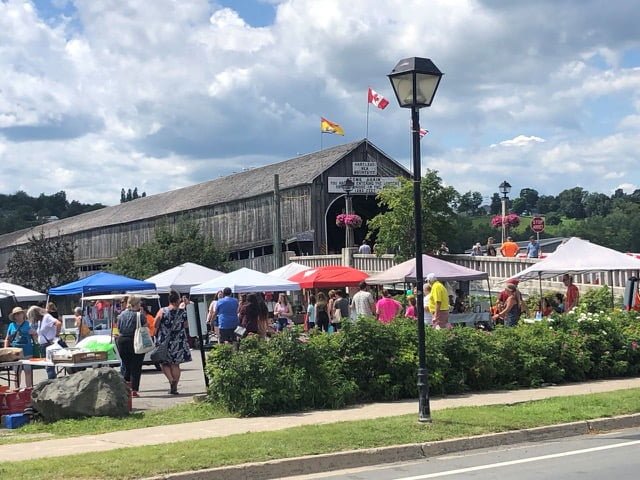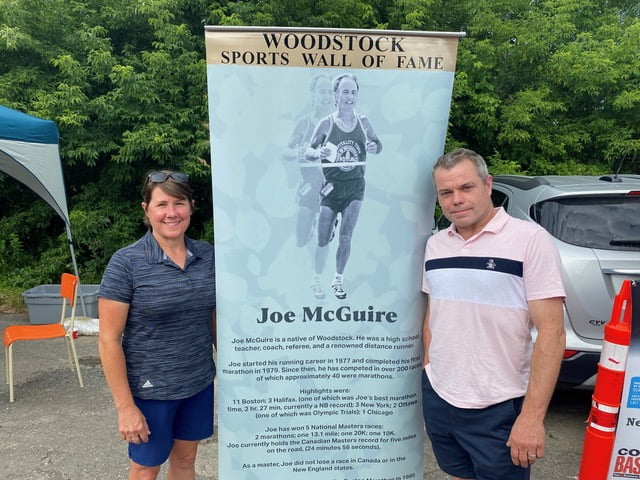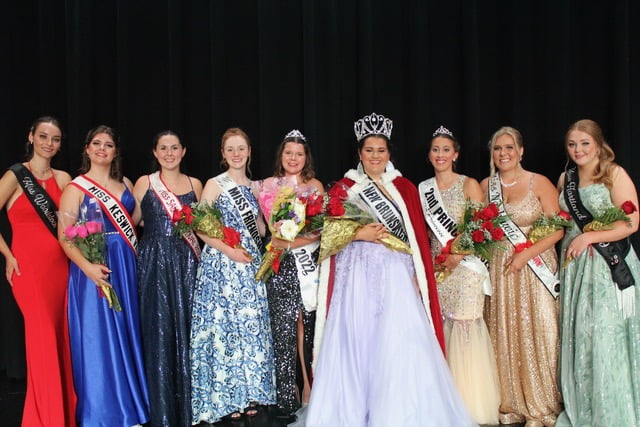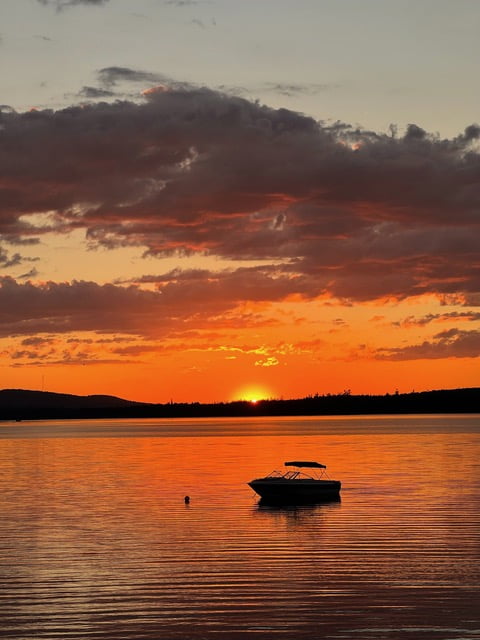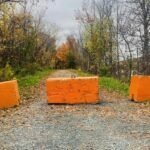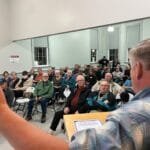Stakeholders meeting hears Trans Canada Trail motorization concerns
On Oct. 15, 2025, the Western Valley Regional Service Commission (WVRSC) hosted a meeting for stakeholders. In attendance were representatives of provincial government departments, including the Department of Transportation and Infrastructure, the Department of Tourism, Heritage, and Culture, and the Department of Natural Resources. Municipal government representatives from Carleton North, Hartland, Woodstock, and Lakeland Ridges, as well as representatives from Snowmobile NB, Quad NB, and Woodstock Trans Canada Trail Association, were also in attendance. Woodstock Mayor Trina Jones and provincial trail coordinator Tanya Morehouse were both absent from the meeting.
The purpose of the meeting was to discuss the Western New Brunswick Trans Canada Trail Strategy report, prepared by We6 Planning Group, which featured responses from a public survey circulated earlier in the year.
The survey had 216 respondents who shared details of their personal use of the Trans Canada Trail system and their opinions on allowing motorized vehicles on the trail.
Katelyn McGrath, CEO of the Western New Brunswick Service Commission, said that among those who responded to the survey, 40 per cent used the trail for non-motorized activities, 36 per cent for motorized activities, and 24 per cent for both.
“Nothing was proposed,” said Woodstock Trans Canada Trail Association board member Jeff McKinney. “It was just a conversation between different provincial and municipal agencies and groups that would use the trail in the area. They discussed what shared use could look like.”
McKinney said he is neutral on the issue of motorizing the trail.
“I am open to any and all use – I just want to see more people out in nature; that’s my goal amid all of this.”
However, McKinney also feels the issue is far from cut-and-dried and that there are legitimate concerns about motorizing the trail. One of those concerns is simple logistics.
“Some ATV users want to use the trail to get to amenities; however, motorizing the trail won’t offer that, as [in the Woodstock area] there is minimal access to anything on this section of the trail,” he told the meeting. “If you want to have the economic benefit from ATVs in Woodstock, then they have to be allowed on the roadways in town – that is the only way they can access the amenities.”
McKinney said that, in contrast, it is the active transportation users who spend their money in downtown areas.
“What makes sense to me,” said McKinney, “is to allow access on the trails between communities outside of the downtown areas.” McKinney pointed to the community of Sussex, which has developed a trail system that accommodates all user groups.
Jennifer Campbell, also a member of the Woodstock Trans Canada Trail Association, opposes allowing motorized vehicles on the trail. She also lives on the trail and said that motorized vehicle usage has become a significant nuisance. “I have a camera that records what happens. People are speeding by at all hours, even in the middle of the night, waking us up.”
Under New Brunswick’s Motorized Trail Authorization agreements, the trail “may not be located within 25 metres of a permanent residence without the written permission of the owner, nor may they be located in a historic site or in environmentally significant areas, without prior approval.”
“The Wolastoq [River] is a designated historical site – the entire thing,” said Campbell. “The necessary requirements can’t be met, so I’m not even sure why we’re even entertaining this.”
McKinney said the trail runs through a genetically diverse section of the Appalachian forest.
“This area is a pocket of biodiversity that is not found elsewhere in Atlantic Canada. In particular, our area is the last refuge for the Butternut tree.” The Butternut tree is officially an endangered species in New Brunswick.
Elaine Del Degan moved to Woodstock from Calgary three years ago. She said that in Calgary, they take their trail system very seriously. She has spoken to tourists who use the trail, and they are often shocked by its poor condition, which makes it unsafe or inconvenient for biking and walking.
“It’s such a beautiful nature area; tourists want to come here but there are no safe trails for them to enjoy. There’s not a lot of places you can walk around here – leave us our trail.”

